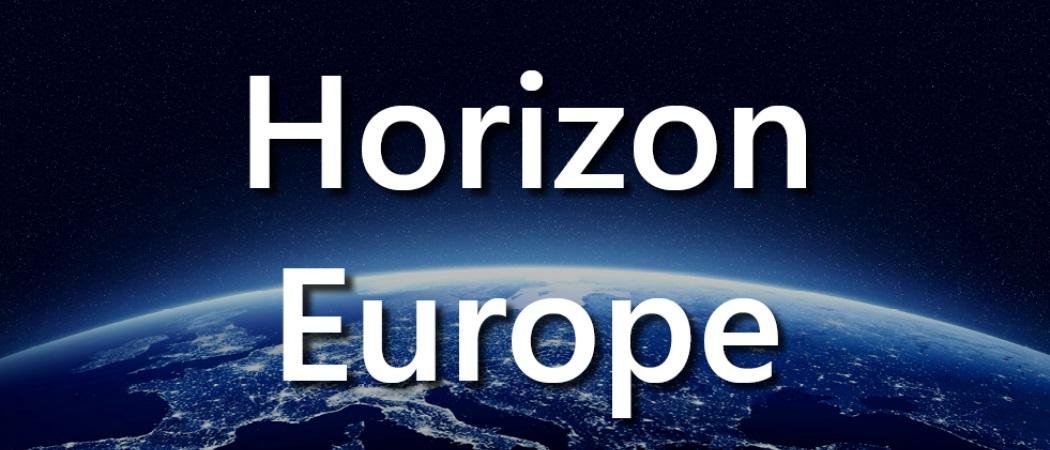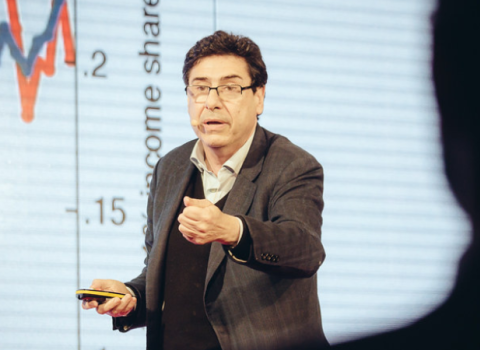Guide to the legal details of Horizon Europe grant agreements will be released in parts between July and the end of the year

A simplified explanation of the thickets of legal details in Horizon Europe grant agreements will be released in stages across the second half of the year, with the first set coming out in July.
The simplified version of the model grant agreement, the legal document setting out the terms and conditions of EU grants, is expected to be essential resource for applicants who struggle to understand legal language.
The first part will explain the most important details of the grant process, such as calculating personnel costs, security, protecting intellectual property rights and clauses on confidentiality.
“We are currently working to have them finalised, hopefully, still this year,” said Simona Maria Staicu, legal officer at the Commission, during the Commission's flagship event, R&I Days.
After months of delay, the first Horizon Europe calls were published earlier this month. But with no primer to the legal details of the grant agreement governing potential future projects, researchers are put in a precarious position.
“A good practice would be to have everything the beneficiaries need ready at the start of the programme,” Thomas Estermann, director for governance, funding and public policy development at the European University Association, told Science|Business. “Many of the challenges that the beneficiaries have is understanding the rules, the complexity of it. There should have been more importance dedicated to have it ready for the beginning of the programme.”
This is not the first time the release of the annotated grant agreement has been delayed. Seven years ago when the previous research programme Horizon 2020, was starting, the Commission struggled to get the document out in time.
This time around, the Commission decided to use the same model grant agreement for all the programmes, to simplify its work. The objective “was to ensure uniformity, also to ensure we have a consistent interpretation of common rules, and also with the aim to create synergies across different EU programmes,” said Julien Dulot, an official at the legal unit of the Commission’s directorate for research.
While ensuring uniformity might be a good idea, agreeing on the details between the different Commission services has proved difficult.
What’s changing?
The new model grant agreement for Horizon Europe mainly follows the pattern of Horizon 2020. There are a few changes in terminology, and Horizon Europe specific parts are now all detailed in an annex.
The biggest change is the way personnel costs will be calculated. A variety of different ways to calculate employee costs will be replaced with one daily rate formula. The daily rate will be calculated by dividing the annual costs for each person by a fixed number of days, 215.
Estermann says the European University Association argued for more than one way to calculate personnel costs, but he refrained from judging the new model before it is tested.
For years now there have been demands to simplify the rules. The Commission’s latest attempt looks promising, but until it comes into practice, it is difficult to say whether the new model grant agreement will be simpler than its predecessors, said Estermann.





 A unique international forum for public research organisations and companies to connect their external engagement with strategic interests around their R&D system.
A unique international forum for public research organisations and companies to connect their external engagement with strategic interests around their R&D system.